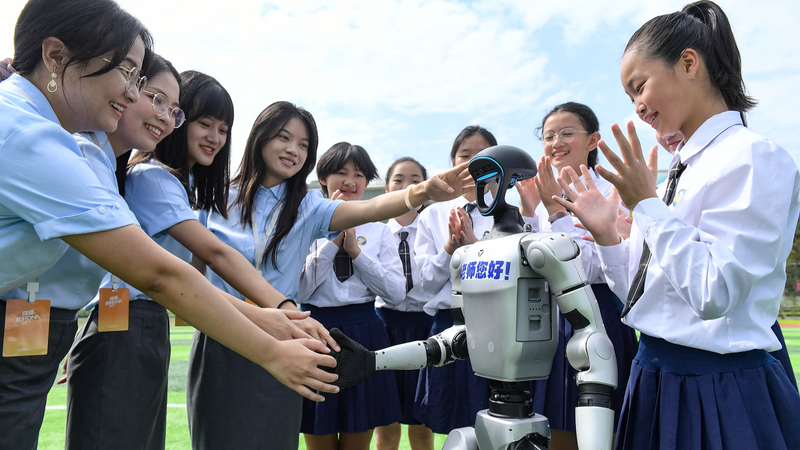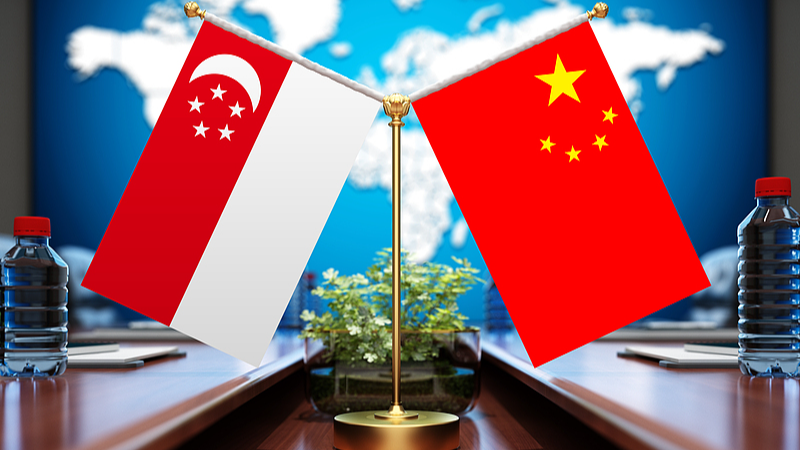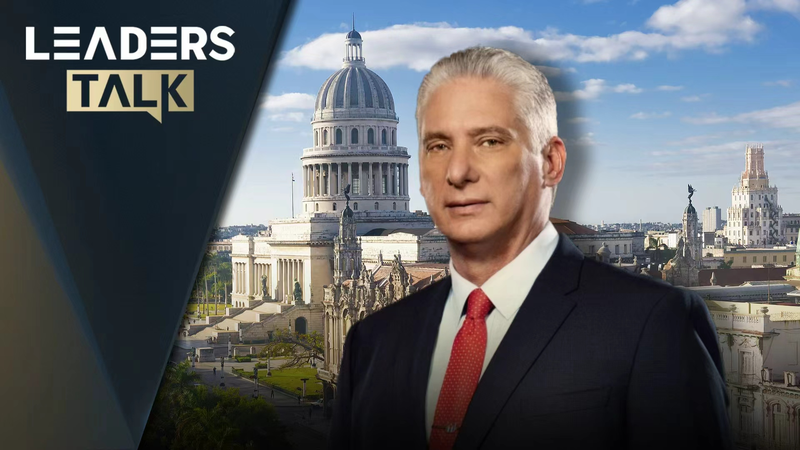The Belt and Road Initiative (BRI) is celebrating 12 years of bold ideas and global connections! Launched in 2013 by Chinese President Xi Jinping, this visionary project has reshaped trade routes and infrastructure across continents, building everything from high-speed railways to modern ports.
So, what’s next for the BRI? 🤔 Global delegates, policymakers, and experts recently gathered at Summer Davos in Tianjin, a vibrant coastal city in the Chinese mainland, to reflect on the journey so far. They discussed how a shifting geoeconomic landscape—marked by supply chain realignments, climate priorities 🌱, and evolving geopolitical tensions—calls for fresh, innovative approaches.
Amid concerns over debt sustainability and environmental impacts, many are optimistic about the future. By embracing digital connectivity and green technologies, the BRI can support sustainable development and empower communities. Picture tech-savvy cities from Singapore to Mumbai benefiting from smarter, eco-friendly infrastructure—a move that resonates with young professionals eager to see real change! 🚀
As the initiative enters its next chapter, the focus is on building both literal and metaphorical bridges that unite diverse cultures and economies. The evolving BRI offers exciting opportunities for innovation, international collaboration, and sustainable growth. What do you think is on the horizon for this global infrastructure vision?
Reference(s):
BRI at 12: What's Next for China's Global Infrastructure Vision?
cgtn.com



